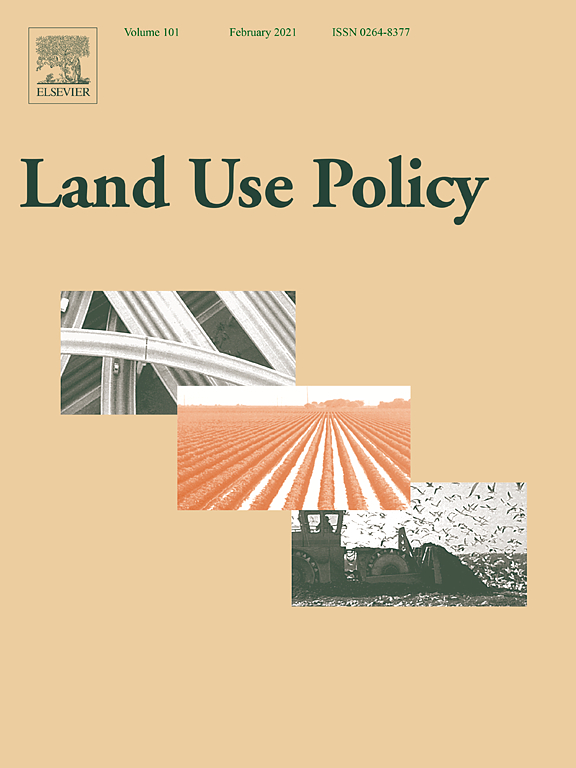Nature conservation versus agriculture in the light of socio-economic changes over the last half-century–Case study from a Hungarian national park
National parks and other forms of protection ensure the natural values in the European Union. However, a significant part of protected areas is under agricultural cultivation, and the two sectors have been kind of opponents to each other for a long time. In the last 50 years, because of various socio-economic changes, the European and Hungarian agricultural policies had opposing concepts and goals, even related to protected areas.


